How to grow onion sets?
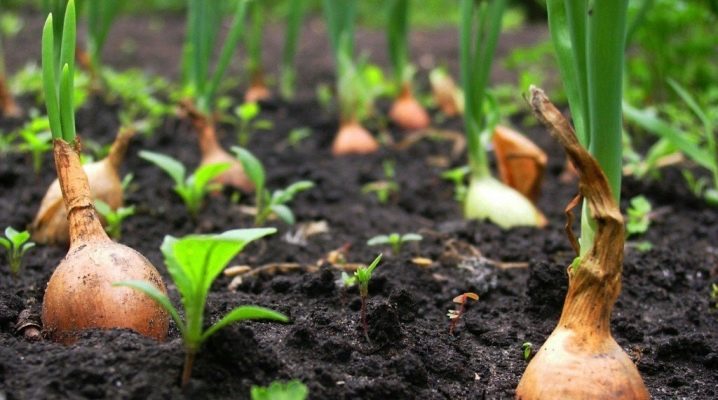
Onion is considered one of the most popular products on our table. Soup, salad, frying, pies, barbecue - all these dishes are prepared using a fragrant vegetable. Onions are not difficult to grow in your area in a variety of ways, but most people still purchase seed from the point of sale.
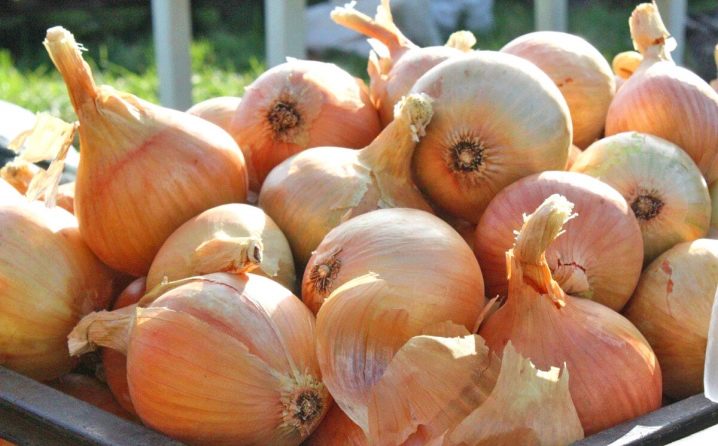
When to sow seeds?
A convenient time for planting sevka in the middle lane is at the beginning of April or by the end of the month. It is on these days that the earth warms up to the desired temperature, it contains moisture left after the snow melts. Taking into account all the climatic features of different regions, we can say that the landing time may vary.
Many gardeners are used to focusing on the lunar calendar: here the planting dates change every year. But usually the soil should warm up to 10 degrees, the future vegetable is not afraid of return frosts.
If it is convenient to plant vegetable material before winter, then the best time is considered to be a countdown within a month before the onset of frost.
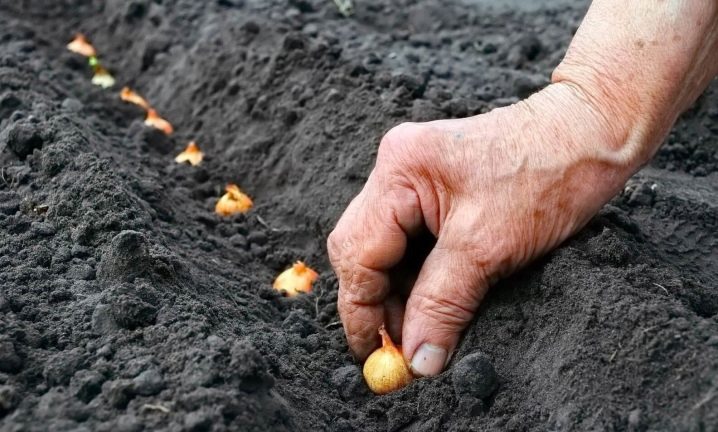
Sometimes nigella is sown after the first frost. More often than not, the soil becomes hard and cold. It is not necessary to pre-soak the seeds, they are sown dry. But it is better to take more seed material for safety net. For the winter, the garden bed is covered with rotted leaves or dry humus.
In more northern regions, seasoned gardeners grow crops using the seedling method. The heads are larger, and, accordingly, the nigella is larger. The issue of saving space is also being resolved. With the seedling method, fewer seeds are planted. When receiving a crop, summer residents save their time and energy.
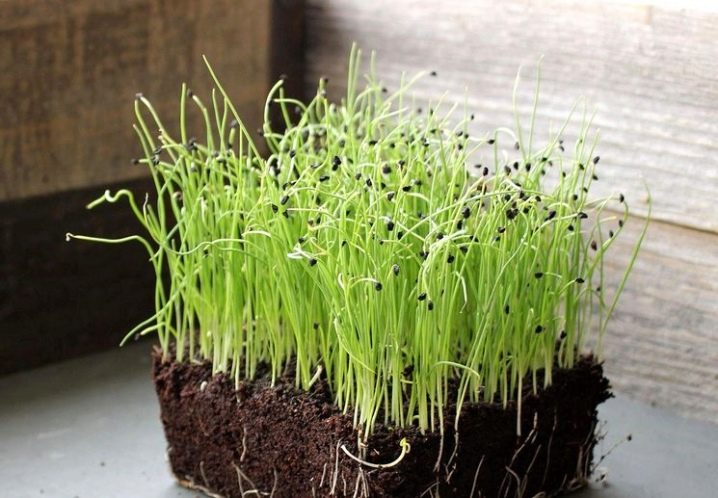
Preparation
The volume of the future harvest depends on the quality of the material. Therefore, its preparation should be approached with all responsibility.... Before planting, the planting material should be carefully sorted out.
Purchased material, as a rule, goes through the entire preparation procedure, but homemade seeds must be prepared. As a prophylaxis of diseases and for better germination, it is recommended to wrap the future onion in a canvas bag and send it to water heated to 50 degrees for a quarter of an hour, and then to cold water for a couple of minutes.
In the second step, you need to prepare a solution from a liter of water and two tablespoons of ash, send the bag for 12 hours. You need to sow nigella after two days.
Sowing material purchased at the market is best disinfected in a weak solution of manganese for half an hour.

Garden beds
For seeds, it is preferable to choose a dry and open area. Among the neighboring vegetable crops, it is recommended to choose radish, cucumber, cabbage. And good predecessors are tomatoes, pumpkin, cereals, potatoes. Roots and garlic are unfriendly to onions. Beginners should be aware that the crop cannot be sown in the same place for two seasons in a row.
It is better to prepare the garden with the onset of autumn. Humus is added to the chosen place in the proportions of half a bucket per one square meter. A glass of ash is added from fertilizers, a tablespoon of nitroammophoska and superphosphate is added. There is another option: sowing mustard in this area. So you can get rid of the onion fly, enrich the soil with nutrients.
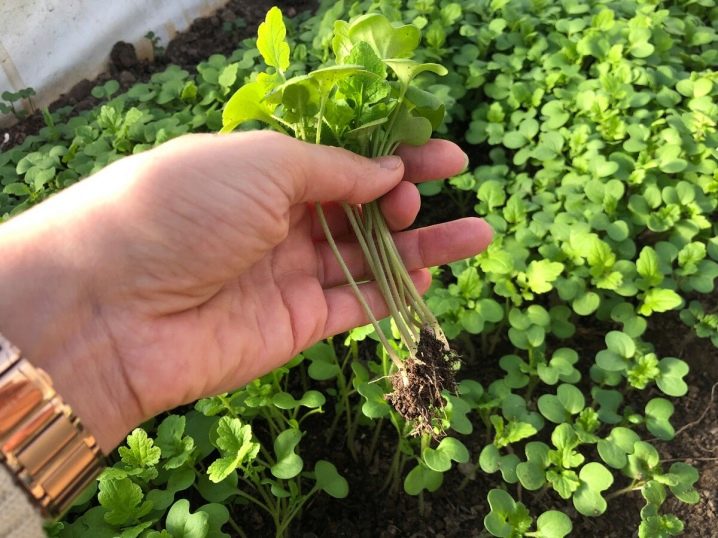
Onion loves alkaline sandstone and loam. If the soil is acidic, it is best to add chalk or lime to reduce acidity.
A couple of days before planting, you need to dig the onion bed to a depth of 12 centimeters.After that, the soil must be compacted, moistened with water heated to 50 degrees, with the addition of "Humisol", "Urgas" or "Tamir".
The wetted soil is covered with dark spandbond or polyethylene.

Planting material
If possible, it is best to grow your own planting material. Seed germination will be better, nigella will be resistant to diseases, and it will be stored more reliably. To obtain a good harvest, we advise you to select high-quality mother stock. This work is carried out in several steps.
- From all ripe heads, it is necessary to select homogeneous, even, medium-sized seeds. Dimensions depend on the variety, but the optimal size is 2-9 centimeters in diameter.
- Discard immediately damaged, moldy, damp or rotten specimens.
- It is best to store the material in a warm, dry place for at least three months. So the seeds will be able to grow with scales.
- Before storage, nigella is warmed at a temperature of plus 40 degrees for up to 8 hours. This procedure will save crops from infectious diseases.

A fairly large assortment of seeds is now presented. It all depends on preferences, as well as the landing area. Some summer residents like to sow black cottages of huge bulbs. "Exhibition", which turn into a turnip in a season.
Among the early varieties, the following are distinguished: "Chalcedony", "Centaur", "Odintsovo", "Shaman", "Olina"... Among subwinter varieties, the optimal ones are "Argo podzimny", "Siberian one-year". We all fell in love for a long time Centurion, Stuttgarten Riesen.
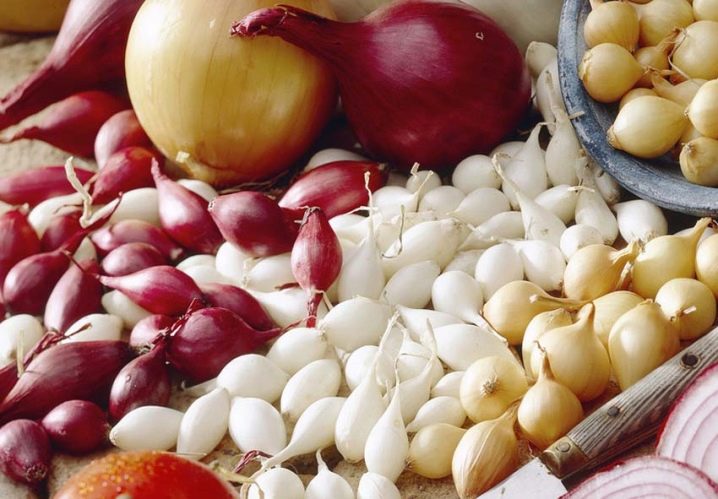
Sowing methods
The procedures for sowing winter and spring onions are no different from each other, except for the moment that the crop is mulched before winter. Planting methods are as follows:
- in rows;
- tape.
Each of the methods has its own nuances. Let's consider them in more detail.
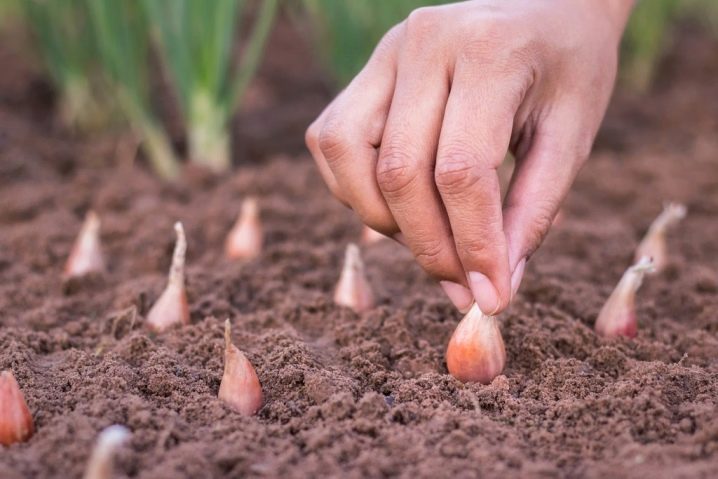
Rows
With a traditional planting, the nigella is planted in rows remotely, 1.5 centimeters from each other. If the wild oat is large, then the distance can be increased to 2.5 cm.
It is better to leave a gap of 25 centimeters between the beds. When processing the future crop with a walk-behind tractor, it is recommended to increase the distance to 65 centimeters with a groove depth of 5 centimeters.
At the end of planting work, it is good to powder the ridge with ash: it will play the role of fertilizer, disinfecting powder.
During autumn work, the planting areas are sprinkled with sawdust or straw mulch with a layer thickness of 3 centimeters.
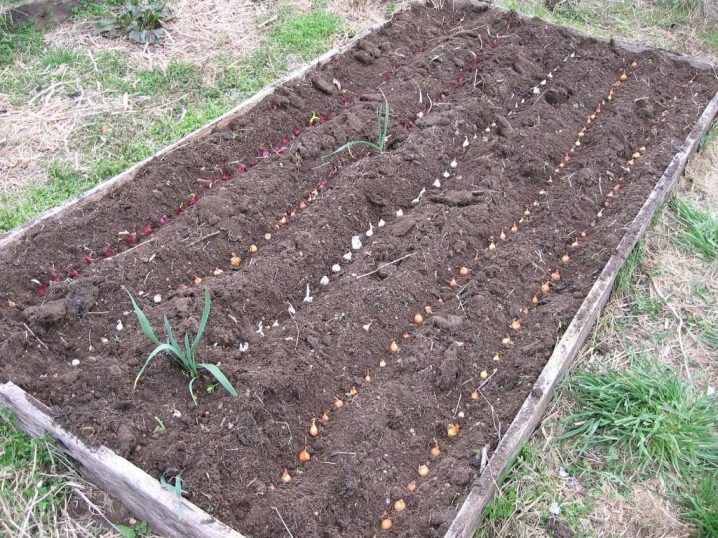
Ribbon
It is also called the Chinese way. The crop is sown on uneven areas - on small ridges... Next, we sow everything in the formed rows, while scooping up small mounds with our hands or a garden tool. The distance from each subsequent row should be at least 30 centimeters. Watering at the initial stage is considered a mandatory procedure. This method is convenient in that it is more convenient to work the garden bed, and the soil remains loose for a long time.
In both the first and second cases, it is not recommended to sow seeds often, otherwise the onion will not grow very large by the end of summer.

Care
Growing onion sets is not that difficult. Even beginners can get a decent harvest. It is recommended to take care of the vegetable throughout the entire time: from planting to harvest. There are some tips to follow.
After the first shoots have appeared, it is necessary to thin out your planting material. If all recommendations are followed, delicate thin feathers appear after a couple of weeks.
Outdoor cultivation requires gardeners to feed the future harvest. Organic matter is needed to saturate the soil with nutrients, and mineral fertilizers are applied directly to obtain a rich harvest. Fertilize better in the evening.
Top dressing is used in any consistency, but if you decide to use a solution, then it is better to water it carefully, not allowing the solution to get on the green feathers.
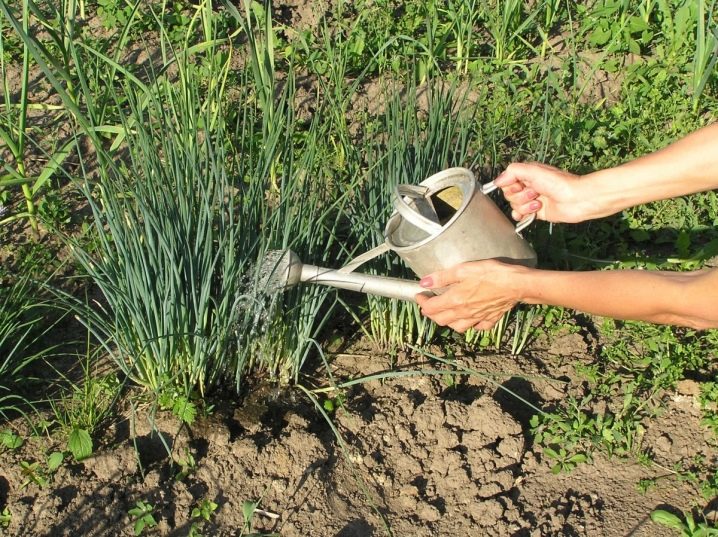
After fertilization, the next watering is planned a day later. Here is a step-by-step technology for applying top dressing:
- ammonium nitrate - the first application a month after the first feather emerges (12 g per sq. m), the second application - at the stage of turnip formation (6 g per sq. m);
- superphosphate - the terms are the same, but the dosage for the first and second times is 10 g per sq. m;
- potassium salt - for similar periods, the proportions should not exceed 10 g per sq. m;
- organic matter (chicken droppings, mullein, ash) is introduced during the formation of the bulb at the rate of 1.5 liters of a mixture mixed with water (1: 6).
If it is a hot summer, then the beds must be watered every day until the tenths of July at the rate of 20 liters of water per square meter. It is better to pour water in small portions, after waiting for the liquid from the previous watering can to be absorbed into the soil. Only then can the soil be moistened by 20 centimeters.
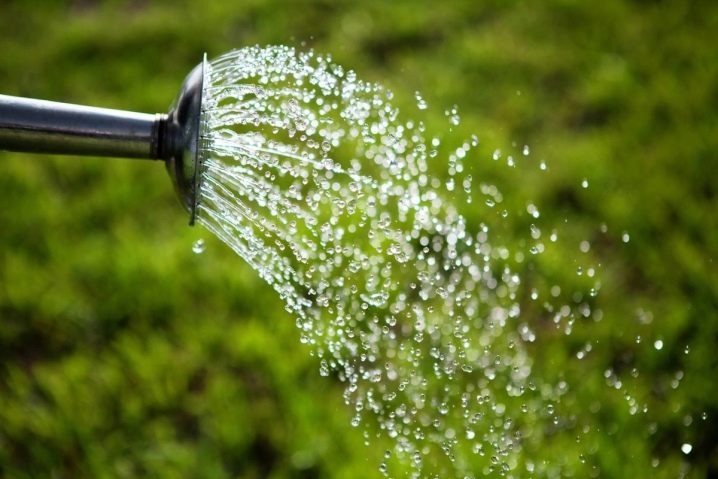
But do not be zealous in watering. Excessive moisture will lead to the fact that the turnip will not be stored, will rot... If the summer is rainy, then it is recommended to install an arch covered with a film over the bed with onions. Optimum watering under normal weather conditions is twice a week.
The culture grows well on airy, oxygen-rich soil. Loosening should be done every two weeks during the entire period of growth and formation. But do not forget that when draining the soil, you do not need to pour soil onto the turnip.
The collection of the finished turnip begins after the feather turns yellow, and the upper part lies on the garden bed. It is important to withstand this moment, otherwise there will be problems with storage. The approximate harvest time is early August. It is easy to pull the finished onion out of the ground, clean it of soil residues. After the turnip is dried in a draft for two hours.
It is necessary to treat the crop with extreme caution, otherwise the onion will not be stored.

After a couple of hours, the vegetable is sorted, cleaned of green mass. It is best to store in a cool, temperature controlled environment. The temperature should be between 0 and +3 degrees. There should be no minus marks in the room. It can be a basement or a cellar, a dry box. During storage in an apartment, the temperature should not exceed plus 18 degrees. Fluctuating temperatures will lead to shooting.
Before storing, it is best to treat the crop with one percent Bordeaux liquid.
But not always everything goes well. Sometimes a culture is attacked by disease. It all depends on the specific weather, soil, seed.
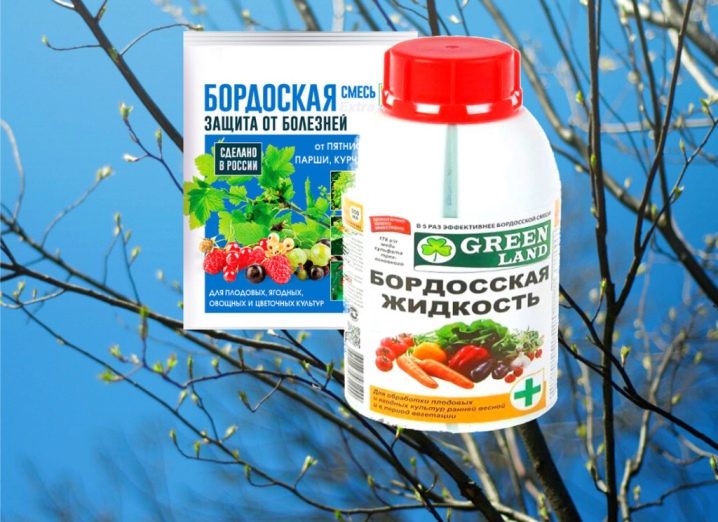
Here are the most common onion diseases.
- Powdery mildew - oval spots on feathers, turning into a purple color. The plant gradually begins to wilt.
- Mold rot causes a yellow coating on the feathers that descends on the turnip. As a result, the crop begins to rot at the root.
- With cervical rot onions become watery, have an unpleasant odor and, as a result, are not suitable for food.
- Rust looks like small brown pads that are attached to the green part. As a result, growth stops.
- Onion mite penetrates the middle of the feather, affects the plant. Such a bow cannot be stored.
- Onion fly penetrates into the growing vegetable, promotes its rotting.
It is not difficult to grow onion sets from nigella. But to get a healthy harvest, you should use the recommendations given in the article.
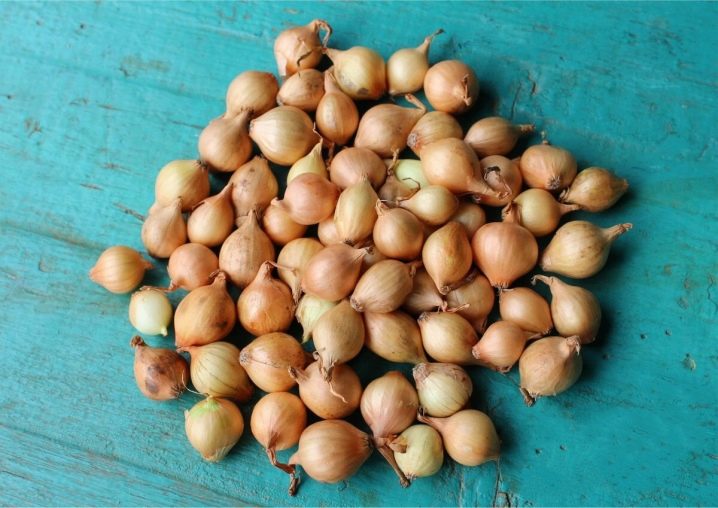













The comment was sent successfully.